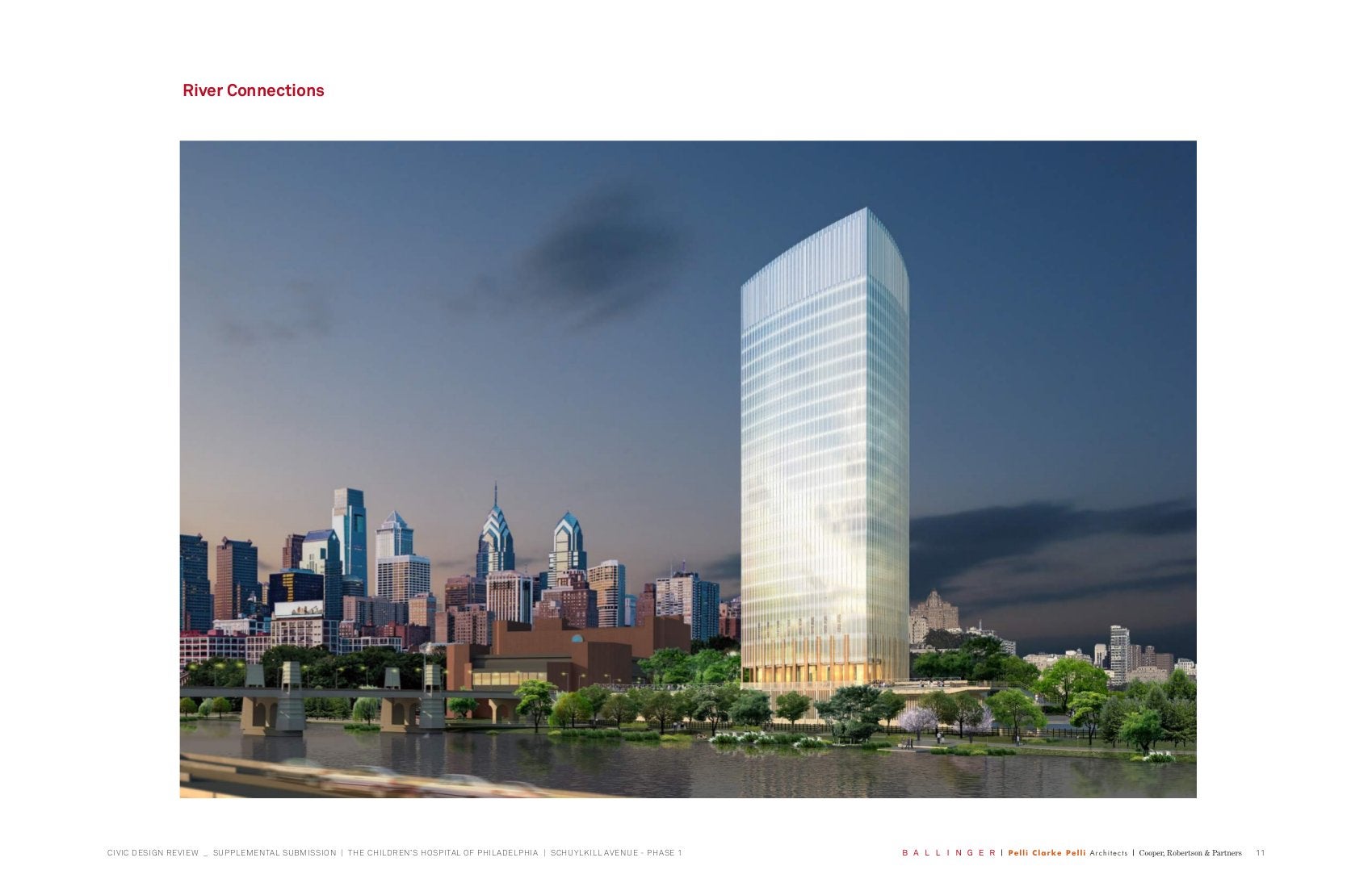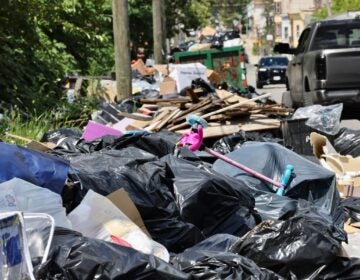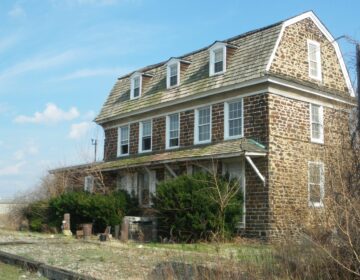Guest opinion: CHOP’s Schuylkill River plan should include creation of a neighborhood

Employer-assisted housing expert Dan Hoffman says including housing in the development and otherwise encouraging employees to become city residents would benefit CHOP, the city, and the surrounding neighborhoods.
The current design debate regarding CHOP’s proposed expansion more resembles a debate about what kind of hub cap to put on a flat tire than it does any serious consideration of urban development policy. It’s nice to have a shiny, new, hubcap, but it doesn’t fix the tire. Fixing the tire would be saying to a tax-exempt institution:
- You can’t create acres of sterility. Your proposal must facilitate creating a neighborhood by making provision for workforce housing and a limited about of ancillary service shopping.
- You can’t dump 1,000 new employees who might want to walk to work onto the local housing market as some nearby neighborhoods are already threatened with unmanaged gentrification. Instead, CHOP should create mixed use office/residential buildings for its workforce. There is nothing unusual about urban hospitals providing workforce housing for employees (and not just doctors). Cornell and Columbia med schools each control about 2,000 apartments in NYC (and there are lots of other examples). There is plenty of room on the development site for mixed use development and this development can be a source of income for CHOP.
- While employees will have easy access to the Schuykill Expressway to escape the city, CHOP should be partnering with the City to encourage as many employees as possible to be city residents. City residents pay more taxes, buy more things from local businesses, and their presence strengthens demand for housing; all bolstering the local economy. Some proximate neighborhoods should be identified as places where CHOP and the City together will provide encouragement for these employees to become new homeowners.
- To further support the above efforts parking availability should be curtailed. This would move in the direction of dealing with the “blank wall” problem that seems to have the design crowd so concerned.
It is time for the City to hold its large employers, especially its tax-exempt employers, to a higher standard of community responsibility and not simply be grateful for any development that some entity deigns to offer. Conversely, it is also time for the city’s leading institutions to define their self- and community- interest in ways that help ensure the future economic viability of the city by acting in ways that strengthen neighborhoods and attract and retain more middle-class incomes.
Dan is a nationally recognized leader in innovative housing and community development programming. He has worked in some of the nation’s most distressed communities and advised senior officials at all levels of government. Dan has also been a leader in helping businesses partner with each other and with the public sector, through the creation of Business Improvement Districts (BIDs). Learn more here: http://wideeyedpictures.com/thenewbid/TheNewBID Reach Dan here: dhoffman@eahousing.com.
WHYY is your source for fact-based, in-depth journalism and information. As a nonprofit organization, we rely on financial support from readers like you. Please give today.






